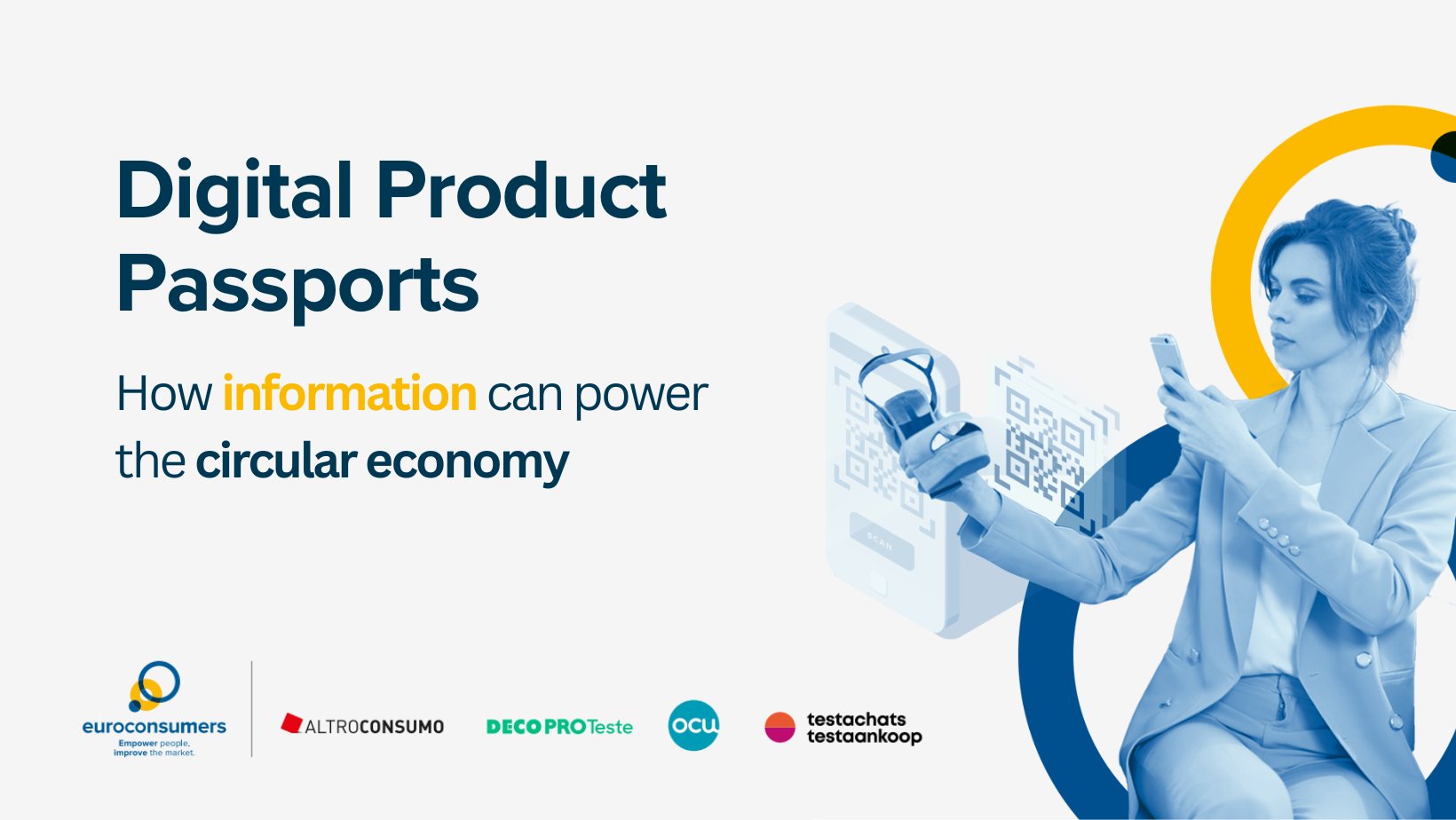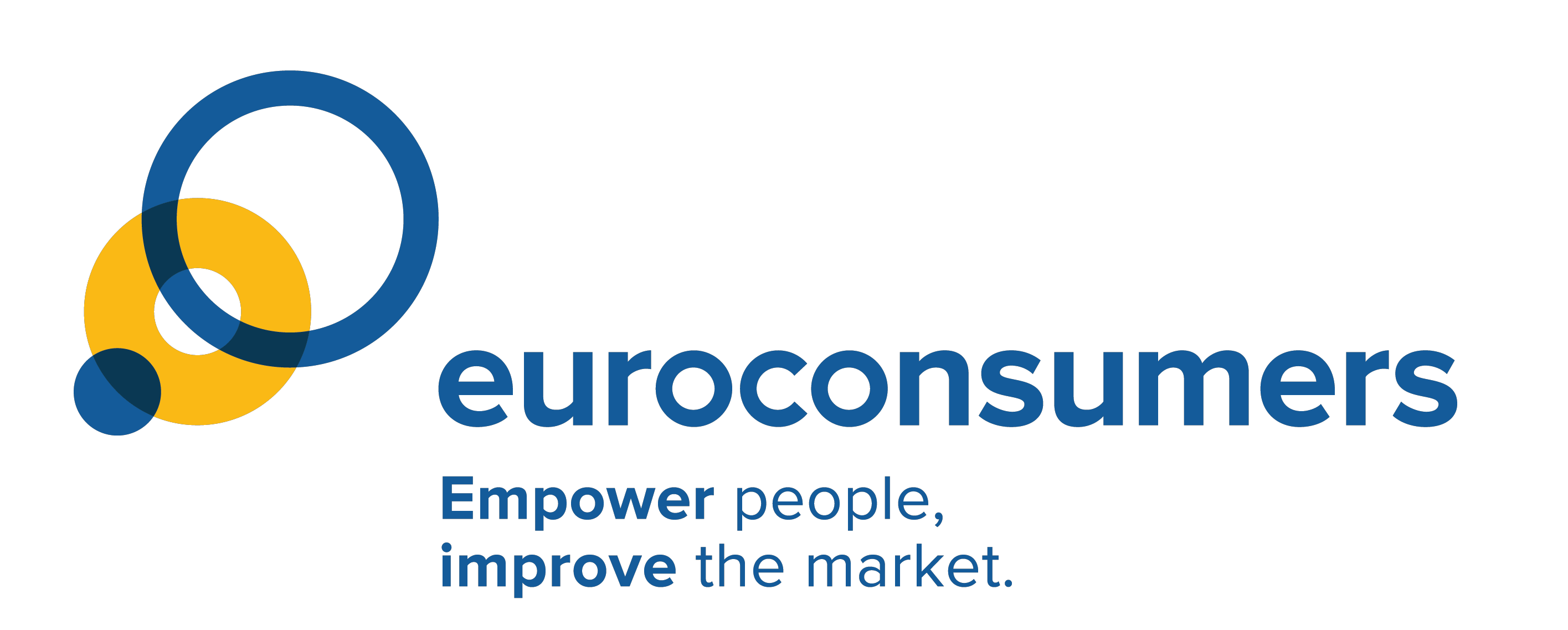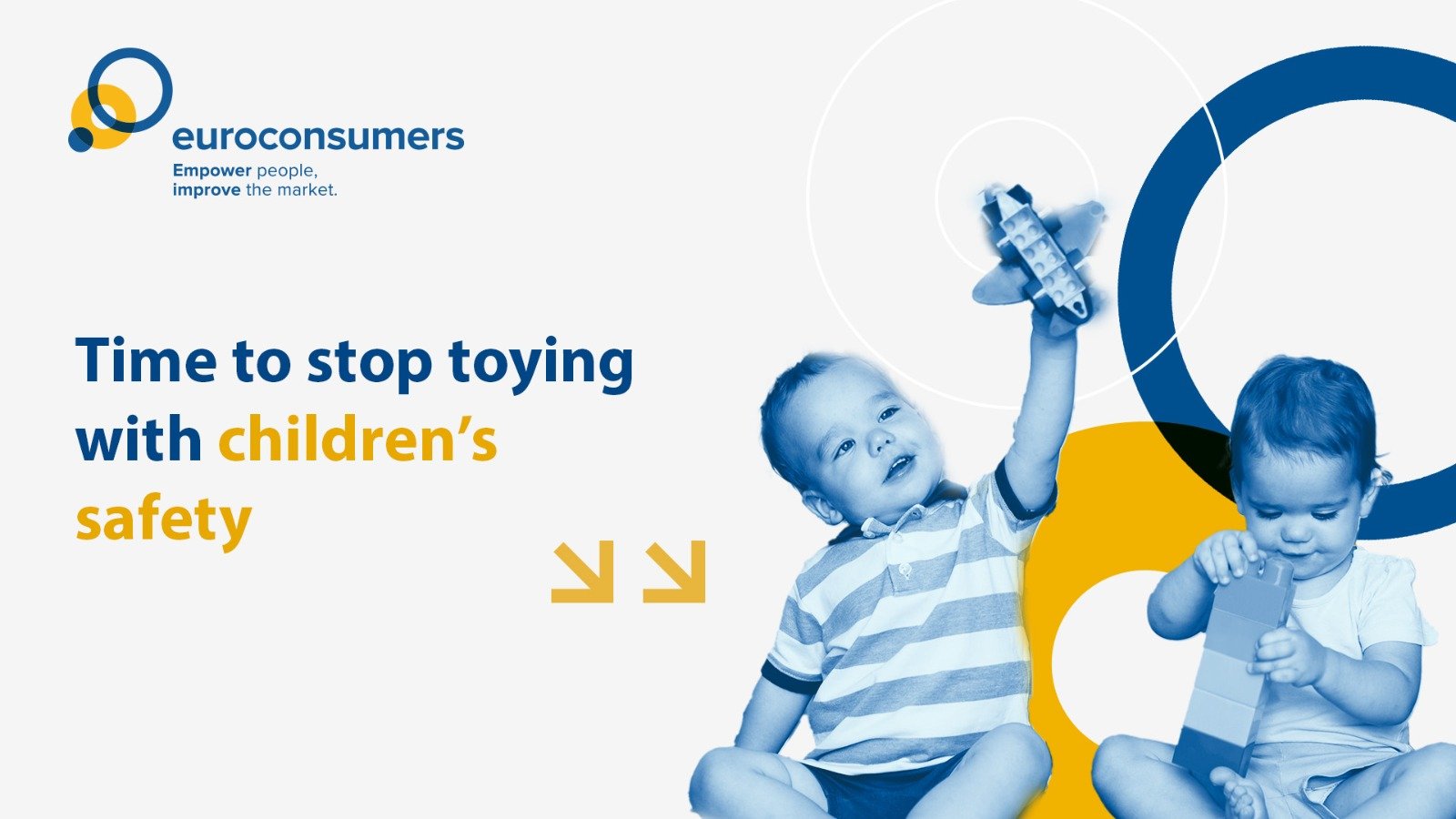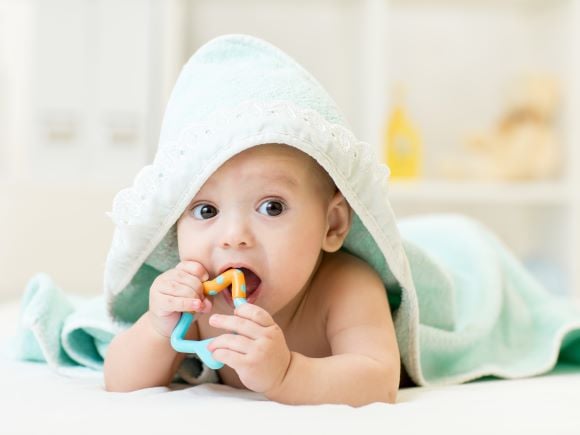Toys made up 20% of the European Rapid Alert System (RAPEX) reports. Our Spanish member OCU’s testing backs this up. They found almost half the toys they tested from a sample sold online contained hazardous chemicals or small parts that could cause choking and suffocation.
A new Toy Safety Regulation (TSR for short) is making its way through the European Parliament with highly welcomed steps forward for children and carers everywhere.
Ban on BPAs and other harmful chemical in children’s toys
Ambitious, wide scale bans on harmful chemicals found in so many children’s toys have been proposed.
Ridding consumer products of dangerous chemicals, especially those used by young children has been a long standing aim of Euroconsumers. Our members regularly carry out testing of everyday children’s products like teething rings, sunglasses and shoes and find worryingly high levels of bisphenols like bisphenol A. Bisphenols are endocrine disruptors which can interfere with people’s hormonal systems and cause serious health issues.
Current safety requirements for toys already prohibit substances that are carcinogenic, mutagenic, or toxic to reproduction. The new TSR extends these protections to include hormonal and endocrine disruptors like BPAs and substances that are toxic to an organ or that affect the immune, neurological or respiratory systems for example heavy metals. The list of substances that must be included in labeling has also grown from just 11 in 2009 to 71.
Digital product passports: a new tool in the toybox
The Toy Safety regulation is also proposing to use digital product passports as one way to improve the monitoring toys coming into the EU.
Euroconsumers has covered the potential for digital product passports to deliver information throughout a product lifecycle to aid the repair, reuse and recycling of products.
Digital product passports are a flexible tool and a valuable part of a market surveillance toolbox, they contain valuable information that allows a product to be traced along the value chain and allows consumers to easily see its key features and components. While we don’t want such labeling to replace on-product labels, the introduction of mandatory, digital records attached to a product will help verify its quality and compliance as it enters the EU and keep unsafe products out.
What about the digital safety of smart, connected toys?
The regulation is concerned with more than just physical safety. The concept of safety is interpreted widely to encompass the psychological and mental health, well-being and cognitive development of children.
With this broader concept in use, it’s all the more surprising that the risks from connected toys or those with elements of AI or sensors and data capture and processing are not covered in the Toy Safety Regulation.
Over the years, our members have been among those exposing the data protection and privacy risks of insecure toys and kids’ products. As far back as 2016 it was discovered that the My friend Cayla doll could easily be hacked into. Since then security researchers at Euroconsumers member Testachats/Test Aankoop found a serious flaw in a tablet designed especially for children that allowed hackers to easily interact directly with a child.
The authors of the Toy Safety Regulation consider that measures covering cybersecurity and data protection are sufficiently covered by other regulations such as Radio Equipment Directive and the AI Act and Cyber Resilience Act (both of which are not yet finalized).
But consumer groups including Euroconsumers are concerned that relying on Acts still in development is a risky strategy, and at odds with the approach taken to address the risks of chemicals in toys. In the case of chemicals, the existence of general rules on chemicals does not preclude the development of specific rules to address the risk of chemicals in toys.
Platforms off the hook, again
In the 15 years since the last Toy Safety rules were brought in with the Toy Safety Directive 2009, the way in which we shop has dramatically changed.
Online retail is now dominated by e-commerce platforms which act as the ‘middleman’ in consumer sales that facilitate sales by third party traders or more commonly now, produce their own white label goods.
Euroconsumers has written about the nature and impact of online platforms and their status in consumer supply chains. Whilst giving consumers the benefits of economies of scale and more choice, the intermediary model poses a particular challenge when it comes to product safety.
Again and again our members have identified the same problem of platforms hosting traders that sell goods that do not meet safety standards. Through sampling and testing our member organizations have found dangerous levels of toxins found in balloons to easily hackable smart home systems all readily available to order on online marketplaces.
Just before christmas 2021, our Spanish member OCU found 9 out of the 20 toys they bought from online platforms were dangerous including:
- A toy unicorn containing toxic phthalates
- Lots of rattles with pieces that come off easily and could be swallowed
- Games with magnets which if swallowed can cause great damage
A more recent sweep of new kid on the block TEMU by Altroconsumo found that several products aimed at children should not be on sale in the European market as they were prohibited, counterfeit or did not meet safety regulations.
As in other cases where unsafe products abound on online marketplaces, we’d like to see platforms reclassified as full economic operators in the e-commerce supply chain and take on the range of responsibilities that involves. The argument against a new definition and extra responsibilities for online marketplaces is that it would not be consistent to only impose these on a regulation that deals with one specific product group. Euroconsumers disagrees:






